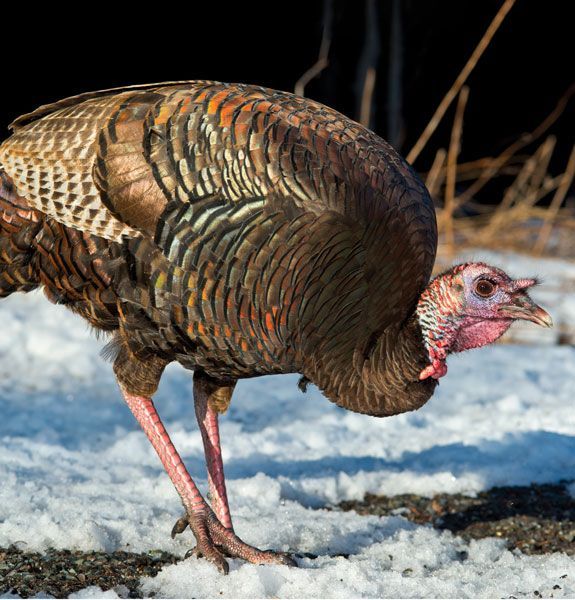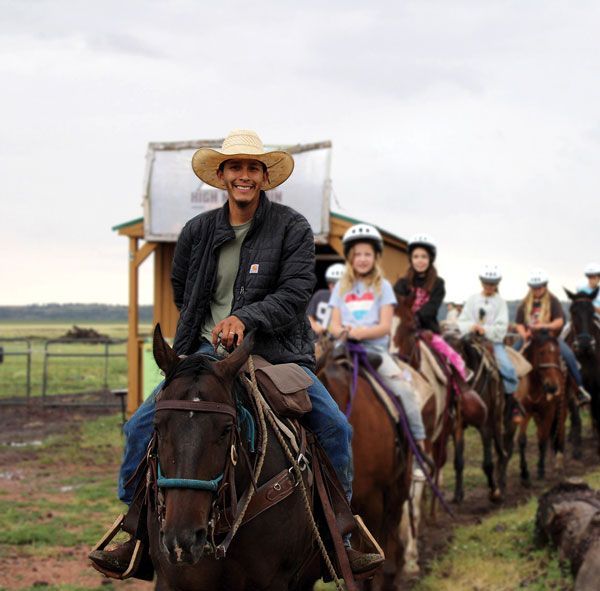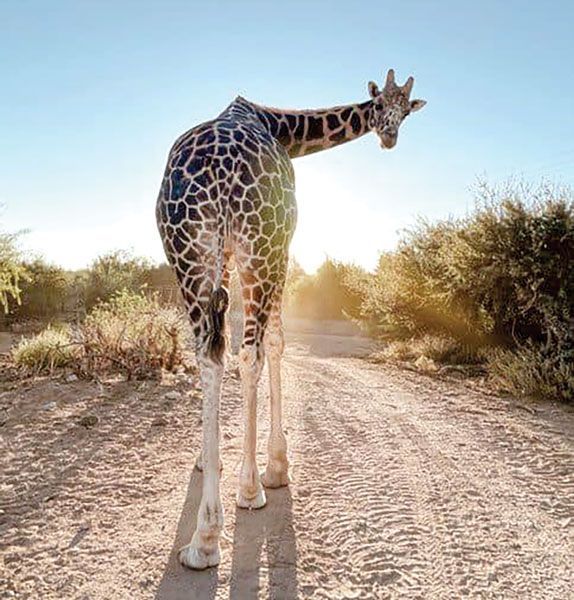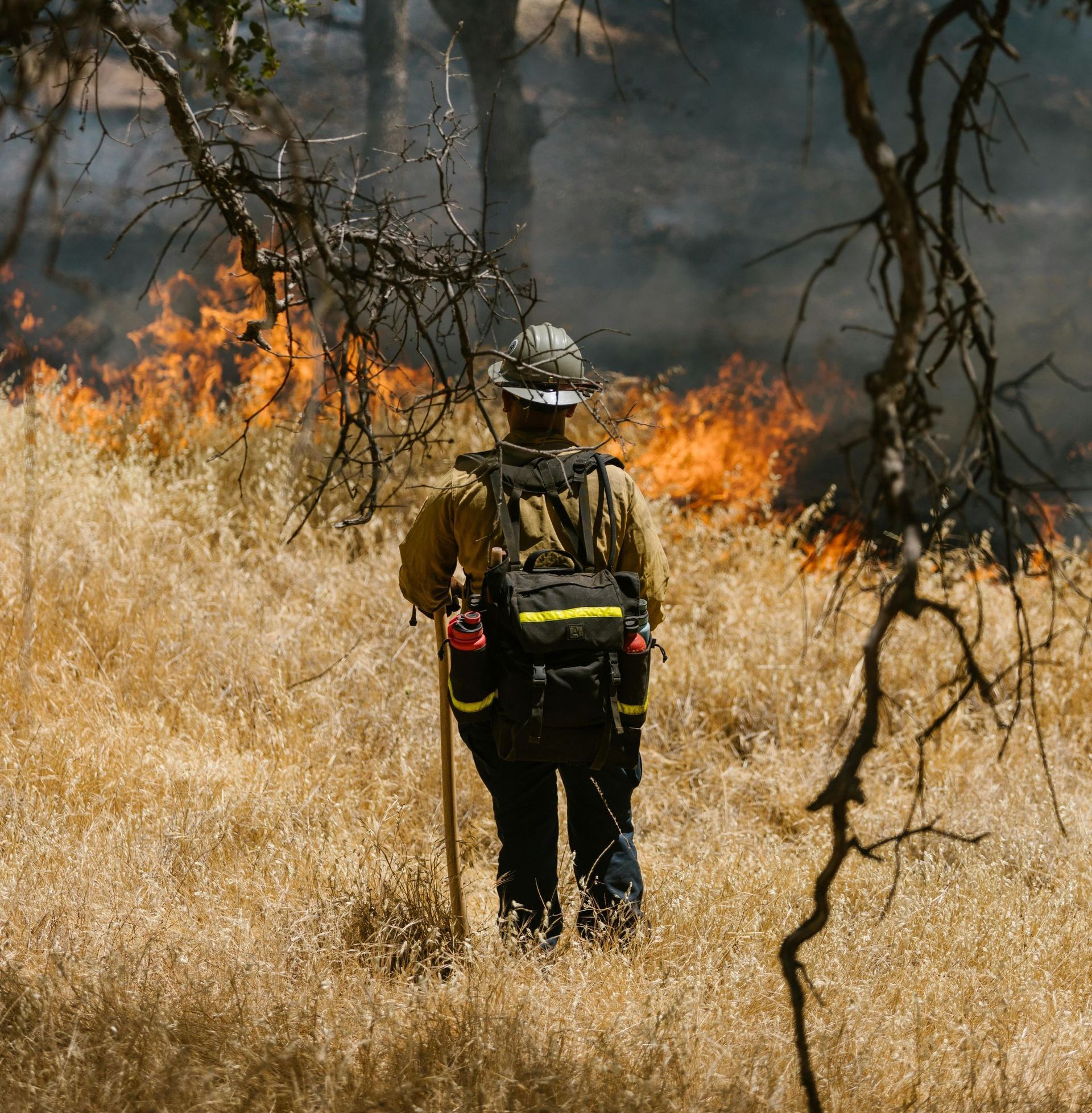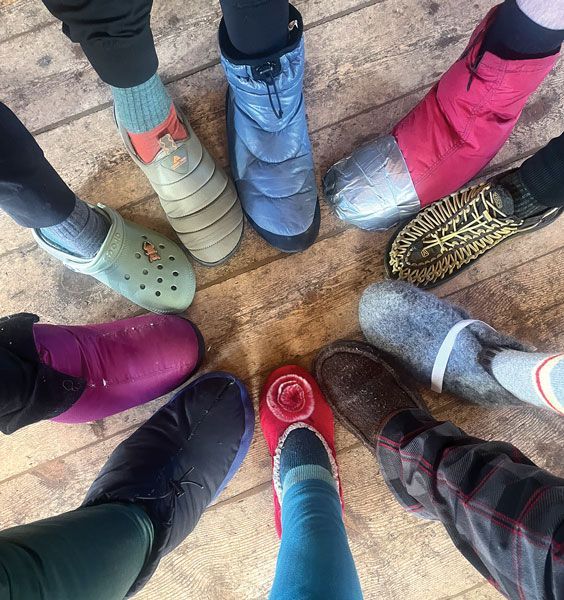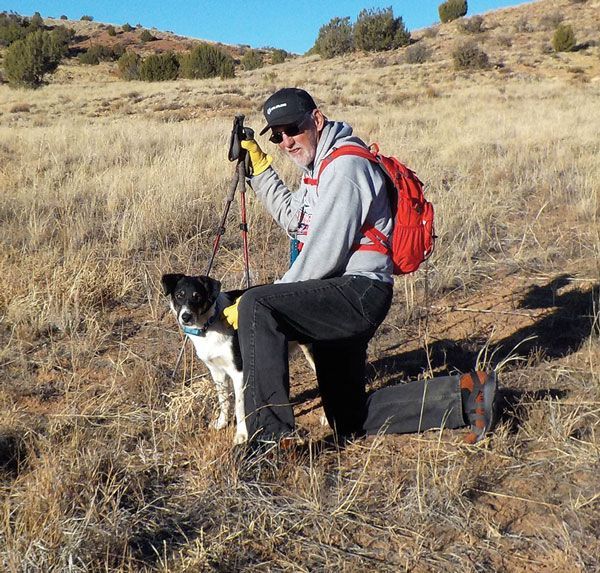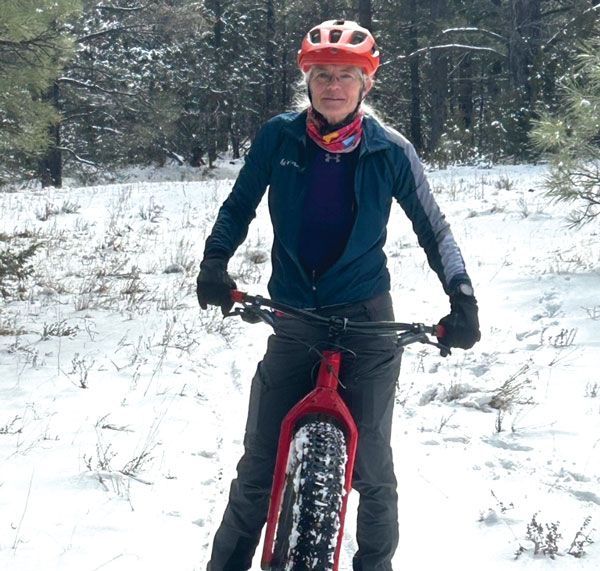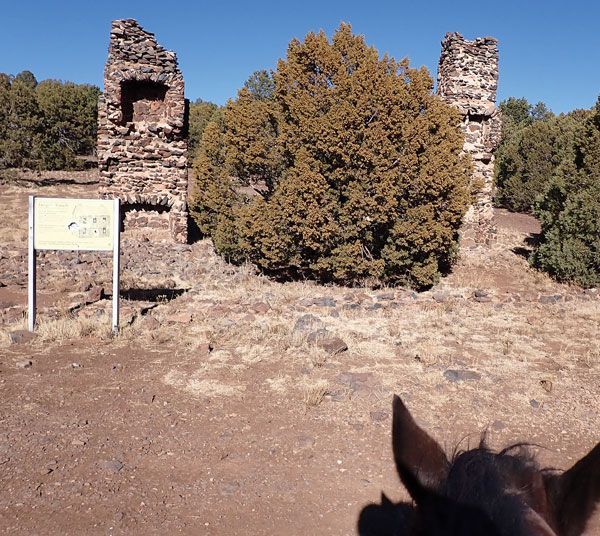Resilience: The capacity to withstand or to recover quickly
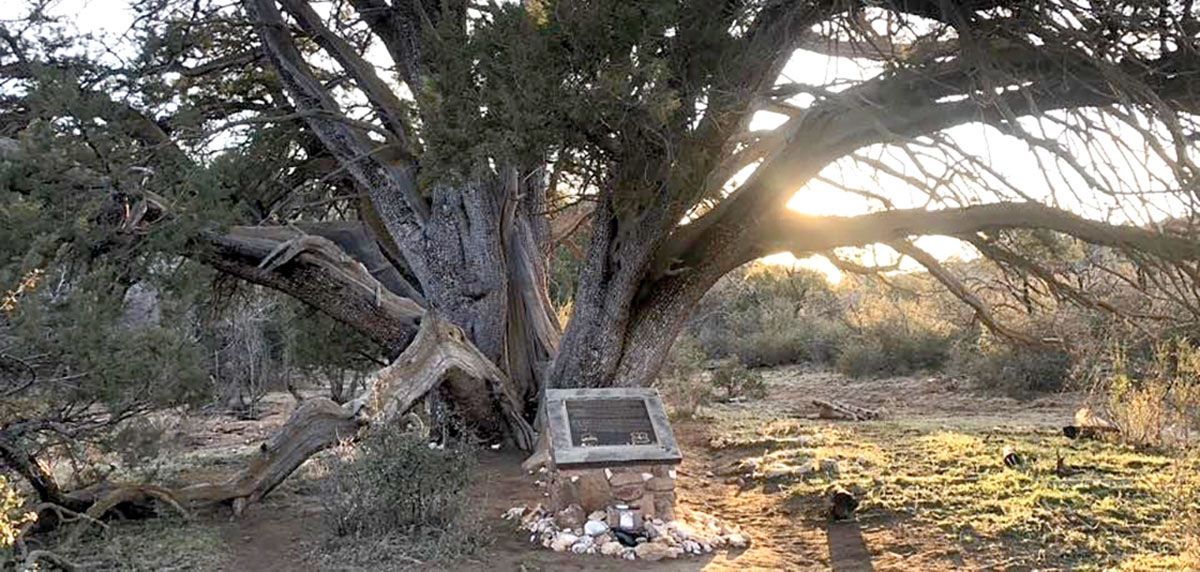
- the capacity to withstand or to recover quickly from difficulties, toughness.
- the ability of a substance or object to spring back into shape; elasticity.
Susie Griffin
Resilience is a key component of a being’s ability to thrive, not just survive, but to grow, develop, and prosper. Resilience contributes to mental, emotional, and physical well-being by supporting one through and helping bounce back from stressful and traumatic experiences. Ingredients necessary for building resilience early in life are a consistent and safe environment, accessible and healthy nutrients, and symbiotic relationships.
However, even if these essential resilience building blocks are absent early on in a human’s life, there is still hope in developing resilience. Implementing several skills can instill or reinforce existing levels of resiliency in an individual. These skills include practicing a positive perspective - focusing on what is going right and letting go of what is going wrong, reinforcing your trusted human resources, and expressing humility - asking for help when your personal mental, emotional, or physical assets are low.
One of the premiere examples of resilience in the natural world is the alligator juniper. This slow-growing tree, native to higher elevations in Arizona, is a presence here in the White Mountains. Alligator junipers’ resiliency begins early – from the seed. Studies have shown that high or alternating temperatures – freezing and thawing, destruction of the seedcoat, or exposure to chemicals had little effect on the seed’s germination. Sprouting, or the germination of the alligator juniper’s seed, can occur even if the aboveground vegetation has been scorched by fire. (An example of alligator juniper resiliency to fire that was aided in that effort in 2013 during the Doce Fire by the Granite Mountain Hotshots – rest in peace, is a juniper outside of Prescott reported to be over 1,000 years old.)
Another contributing factor to the tree’s resiliency is its slow-growing characteristic. This trait improves the tree’s ability to survive in rocky soil and arid environments, including short-term droughts. An additional characteristic of the alligator juniper is the one that helped earn the tree’s moniker. The bark of the tree resembles that of an alligator’s skin. This distinct bark contributes to the tree’s resiliency, in particular offering protection from fires.
The alligator juniper’s resiliency is also reinforced through its symbiotic relationships with local fauna. The tree provides shelter, shade, habitat, and nest sites for many birds and mammals. Birds and mammals are also attracted to and eat the juniper’s berries. In return, alligator juniper seed disbursement is propagation by those birds’ and mammals’ digestive processes.
On the human side of resiliency, this representative has close ties to my heart and my DNA. My mother was seventy-three years old when she was struck and run over by a truck while in a crosswalk, crossing a street. My mom at the time, was 5’3 and maybe 110 pounds – soaking wet with several winter layers of clothes, boots, jacket, scarf, and mittens. She was small in stature, yet mighty in resiliency.
‘Though she be but little she is fierce.’ – William Shakespeare
She was unresponsive when emergency medical workers arrived on the scene, beckoned by heroic eyewitnesses who had immediately called 911. The medics rushed her to the nearest hospital where nurses and medical personnel urgently assessed her condition and state of needs. My oldest sister, who was my mom’s emergency contact, had called me to let me know of our mom’s situation. Unfortunately, I was unavailable and out of state at the time, enjoying a massage while visiting my old stomping grounds, The Dalles, Oregon, nearly ninety miles away. Needless to say, the positive effects of the massage quickly dissipated with the news of the negative repercussions of my mom’s accident.
The hospital staff had placed my mom in a medically induced coma, to help stabilize and protect her body and brain from further deleterious effects from her traumatic accident. She had suffered a severe head injury from being slammed onto the concrete and a degloving injury to her lower leg. By the time all five of her children had arrived at the hospital, she had already been through several surgeries to clean and debride the remaining tissues in her injured leg. The medical team apprised us all of an important decision we would have to make. My mom’s body was fighting hard – too hard, to heal an impossibly healable limb. They could keep performing debridement surgeries or they could amputate. We spoke for our mom and voiced our decision: amputation.
My mom’s body, being rid of the weight from her severely injured lower leg and the energy to try to heal it, started improving immediately – just as her medical team predicted. She was taken out of her induced coma and regained consciousness soon after. After awakening and through communication, the extent of my mom’s head trauma became clearer. She had lost almost all her hearing in one ear and partial hearing in the other. In addition to her hearing loss, she suffered both short- and long-term memory loss. She would “loop” her sentences, repeating the same thing several times in a minute. Even though she recognized her family and friends, she couldn’t recall events, occasions, or holidays spent with them a week, a month, or years ago. In a flash, my mom turned into the ultimate example of living in the moment.
Despite my mom’s traumatic accident and the lifelong dramatic changes it brought, my mom took it all in stride, one step at a time - literally. Her new leg, a prosthetic one, fits her current below-the-knee amputation and her previous lifestyle perfectly. Outfitted with trekking poles, given to her by one of my sisters, she had additional support to do the walkabouts she had done religiously before her accident. Relatedly, it was her walking routine to church that helped determine the direction of her travel within the crosswalk and the culpability of the driver.
My mom’s accident was over ten years ago. Since then, she has survived a fall that broke the femur in her amputated leg, a fall that broke her hip, and a flat-lining incident that occurred during surgery as a result of her allergic reaction to fentanyl. Just one of those incidents alone would have sidelined anyone else. However, my mom bounced back from each one with a positive perspective, wit, a twinkle in her eye, and a smile on her face.
I’ve heard many people proclaim a solemn vow to be as unlike their parents as possible – in life philosophies, mannerisms, and looks. They don’t identify with or desire to have any shared traits or beliefs with their parents. I, on the opposite spectrum, do not align with this perspective. I often say to myself, family, friends, clients, and peers, that if I had just one ounce of the resiliency my mom has, I’d do alright in this world. Her body’s innate ability to withstand and recover from physical trauma and her brain’s capacity – albeit a forced gift, to stay in the moment, supports her in processing the world through movement while not becoming lost in the past. My mom’s traits not only inspire me to work on my resiliency skills, but to advocate for my clients to do the same, one step at a time.
Photos:
My mom displaying her prosthetic leg and sense of humor.
The Giant Alligator Juniper (and memorial) near Prescott, AZ

